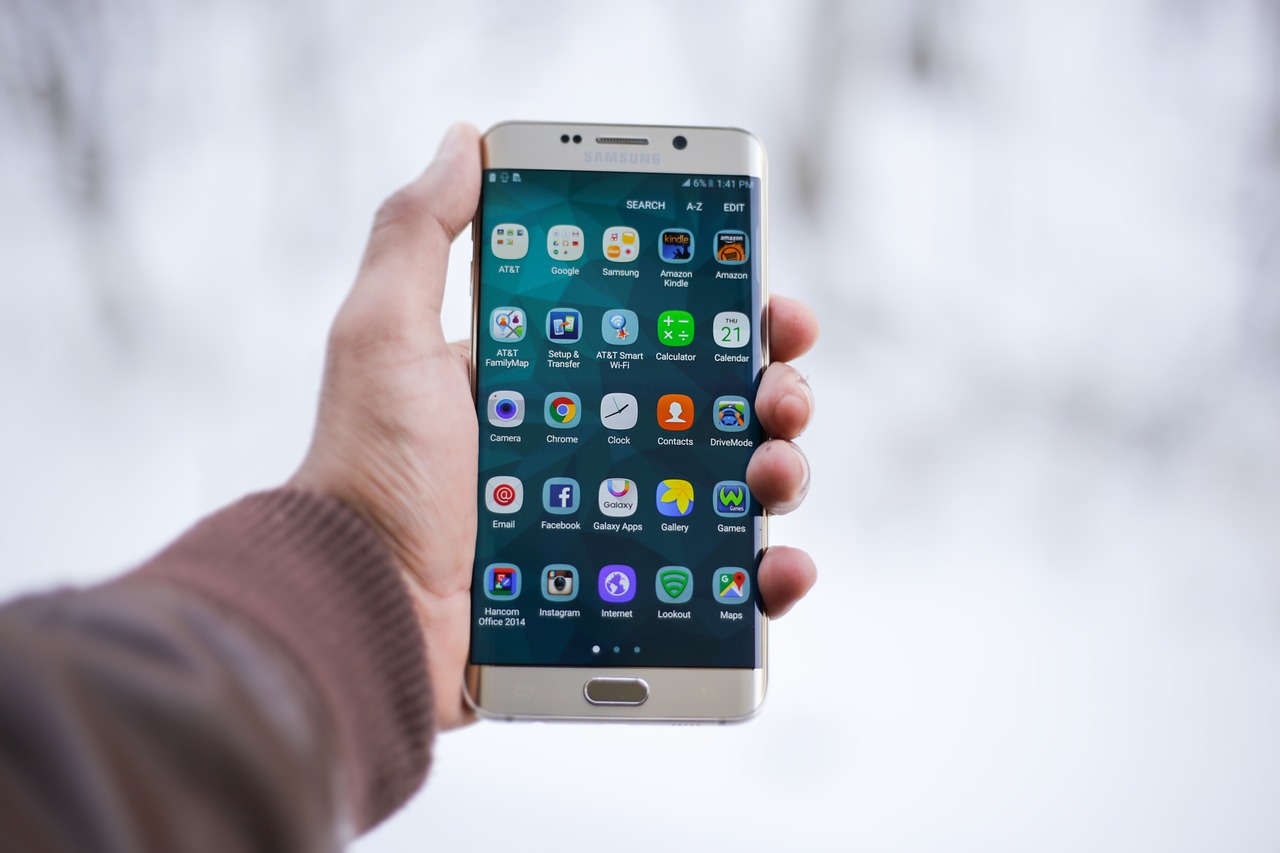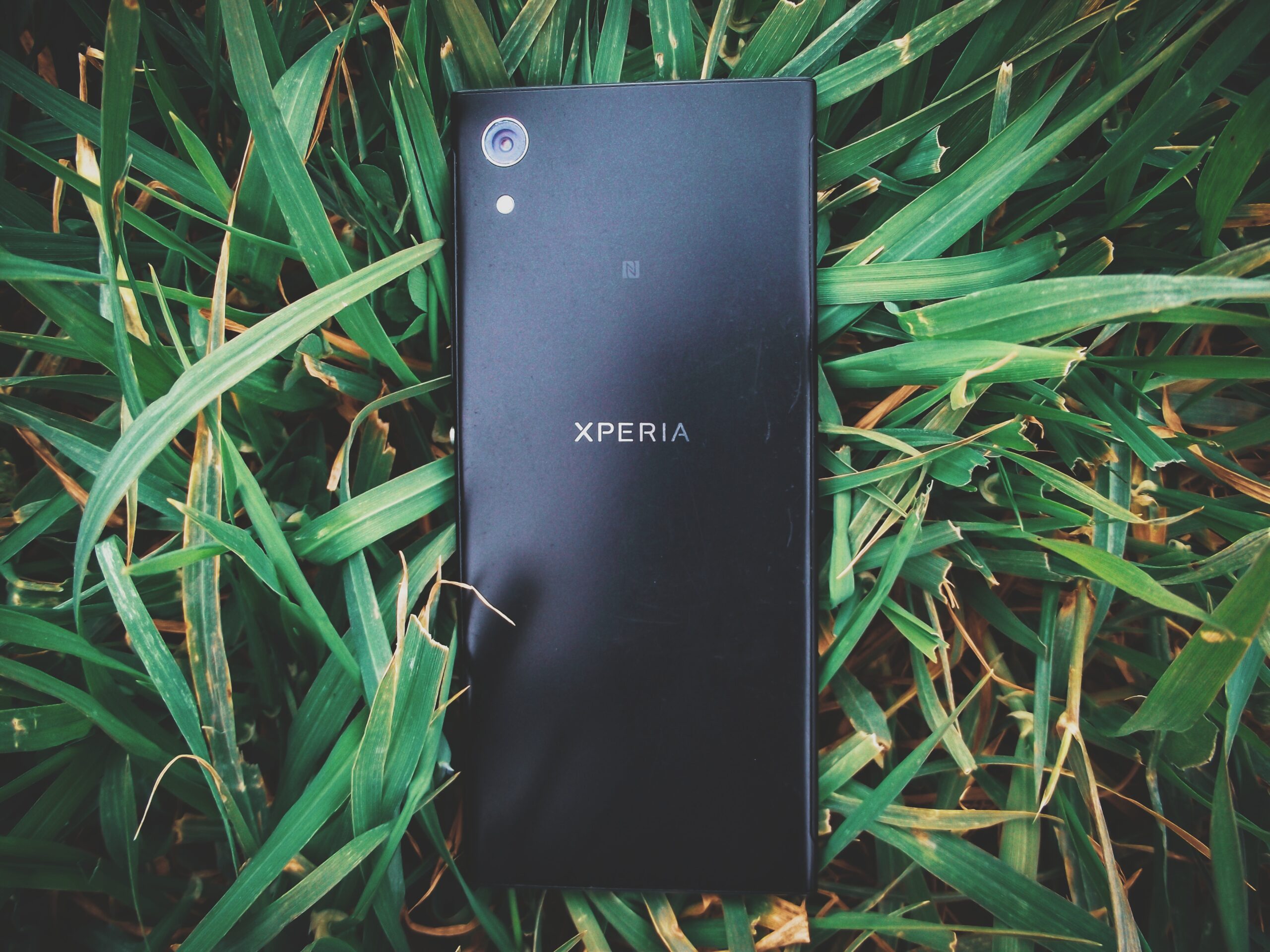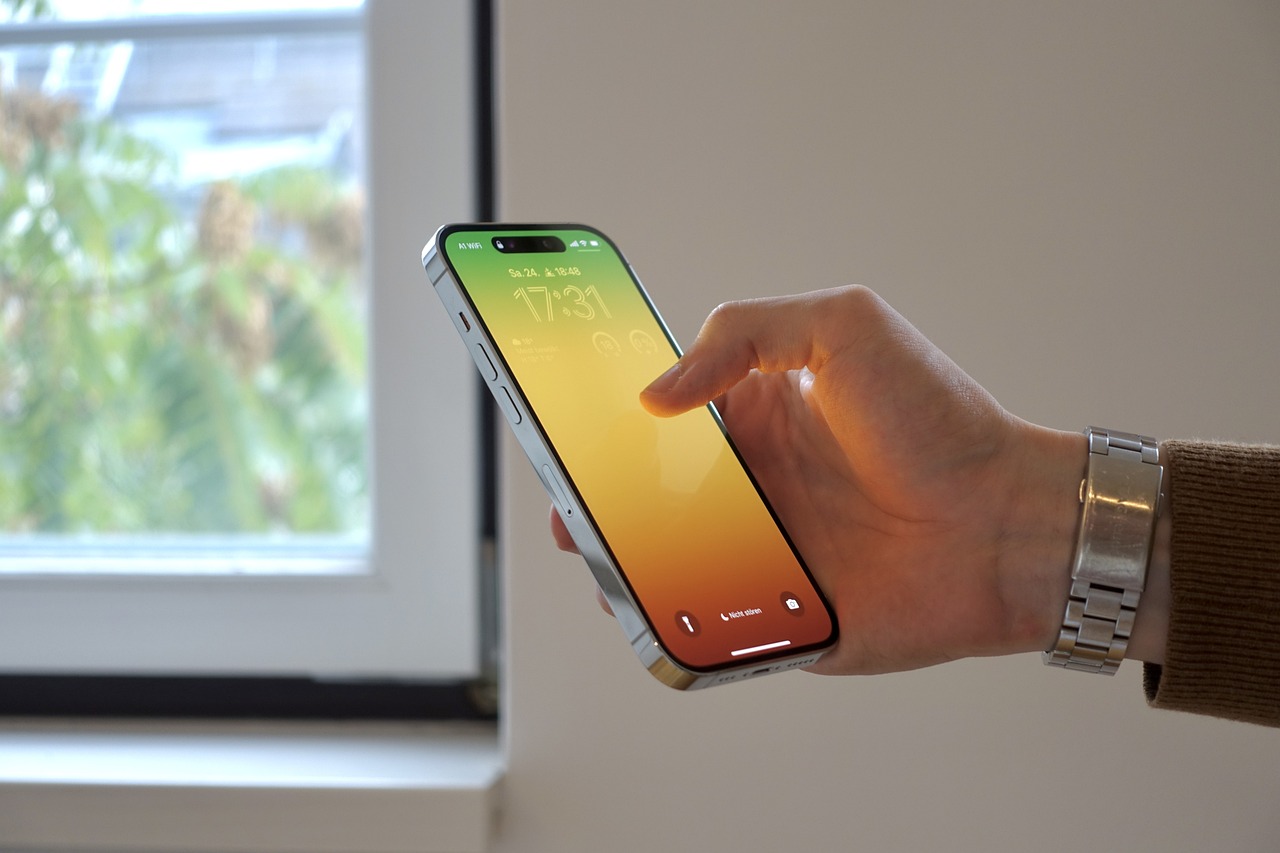In the pre-iPhone era, giants like LG, Motorola, Nokia, Samsung and Sony reigned supreme in the Brazilian market with innovative devices that won over young people and adults alike. Furthermore, before smartphones became the norm, this golden age was marked by a variety of models, each with unique and innovative features. Today, you may be longing for one of these in your pocket.

Read now: Cell Phone Spying: What the Law Says About Monitoring Devices
What were cell phones like in the 2000s?
In the 2000s, cell phones had very different characteristics from today's smartphones. After all, they were predominantly aimed at basic communication, with limited functions when compared to modern devices. Let's explore some of these characteristics:
- Design and Size: Most cell phones were larger and bulkier than today's smartphones. Many were “bar” or “flip” (foldable) and some were also sliding.
- Screens and Resolution: The screens were small and initially monochromatic. However, later, some models began to adopt color screens, but with low resolution. Most devices did not have touch screens.
- Keyboards and Interfaces: Cell phones had physical keyboards, usually numeric, and interaction with the device was done through physical buttons. Of course, the operating systems were simple and did not offer the variety of applications that we have today.
- Cameras: Early cell phone cameras were extremely basic, often with very low resolution, resulting in photos of much lower quality than today's cameras.
Even more differences
- Connectivity: Connectivity was limited. While some mobile phones allowed sending text messages (SMS) and then later multimedia messages (MMS), internet connection was possible, but very slow and with restrictions in terms of navigation and available features.
- Apps and Games: The availability of applications and games was limited. In fact, some models allowed the installation of simple games, such as the famous “Snake”.
- Battery: Compared to current smartphones, battery life was relatively good due to limited use of features and functionality.
- Personalization: Some models offered some form of customization, such as changing covers or polyphonic ringtones.
These phones certainly focused more on calling and messaging than on entertainment or advanced features. Although they slowly began to incorporate more features and functionality over the decade, they were still far from the multifunctional and connected devices we have today.
See also: Tips for Taking Photos of New Year's Fireworks with Your Cell Phone: 5 Unmissable Strategies!
Diversity and Innovation: The Phones That Made History
- Nokia 2280: Nokia launched this icon in 2003, with a bar format, numeric keypad, monochrome LCD screen and a battery that lasted more than a week on standby. Finally, its distinguishing feature was the customization with colored covers and the ability to run JAVA games.
- Nokia 3310: This was a real toughie. The phone launched in 2000 gained a reputation for being indestructible, it was drop-resistant and allowed for interchangeable colored covers. However, its durability made it legendary.
- Samsung SGH-A800: In 2002, Samsung innovated with a flip phone with an elegant design, blue light and an external screen for basic information before even answering calls. Meanwhile, with WAP Internet and polyphonic ringtones, it was a highlight at the time.
- Nokia C3: Launched in 2010, it offered a complete experience for the time, with Wi-Fi access, social networks and Symbian system. Although its 2 megapixel camera and microSD card for memory expansion were differentiators.
More models in the 2000s
- Motorola V3: An icon of bold flip design, launched in 2004, with a color screen, MP3 audio playback capability and a camera that allowed for capturing photos and videos.
- Samsung Corby: Entering the post-iPhone era in 2009, the Corby was compact, lightweight and came with three colorful cases. In fact, with a touchscreen, it allowed access to social networks and sought to cater to a younger audience.
- Nokia 6101: With an innovative selfie camera in 2005, this colorful flip phone, with radio, WAP Internet and MP3 playback, was another from Nokia's golden era.
- Sony Ericsson W380: Focused on audio, this 2008 model stood out for its ability to play a variety of formats and its eye-catching design. Finally, the hidden secondary screen was a differential for controlling music.
- LG Chocolate: A “slide” cell phone launched in 2006, focused on audio and video playback, it had a 1.9 MP camera and the ability to expand the internal memory.
These phones marked an era and, certainly, to this day, many people still have fond and nostalgic memories of their innovative features and designs.
Technology advances, then, but these cell phones from the 2000s left an unforgettable mark on the history of mobile telephony, winning hearts and wallets with their peculiarities.
Understand more: Samsung leads, Motorola is second and Apple is in 5th place in the Latin American mobile phone market



